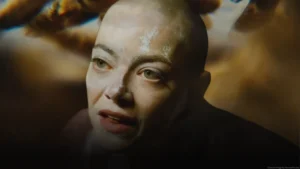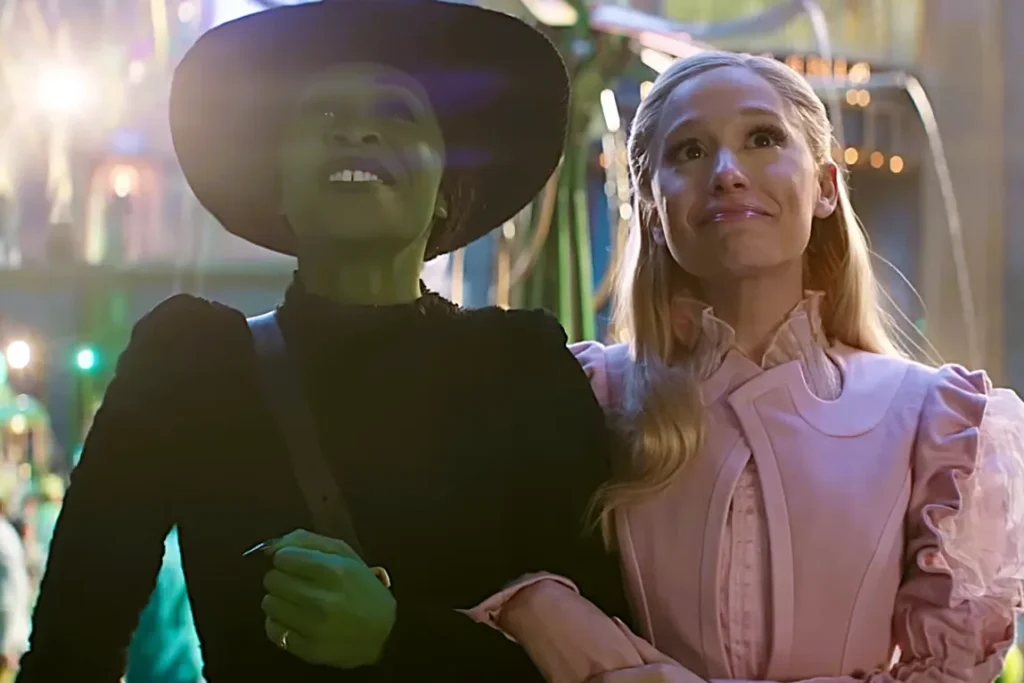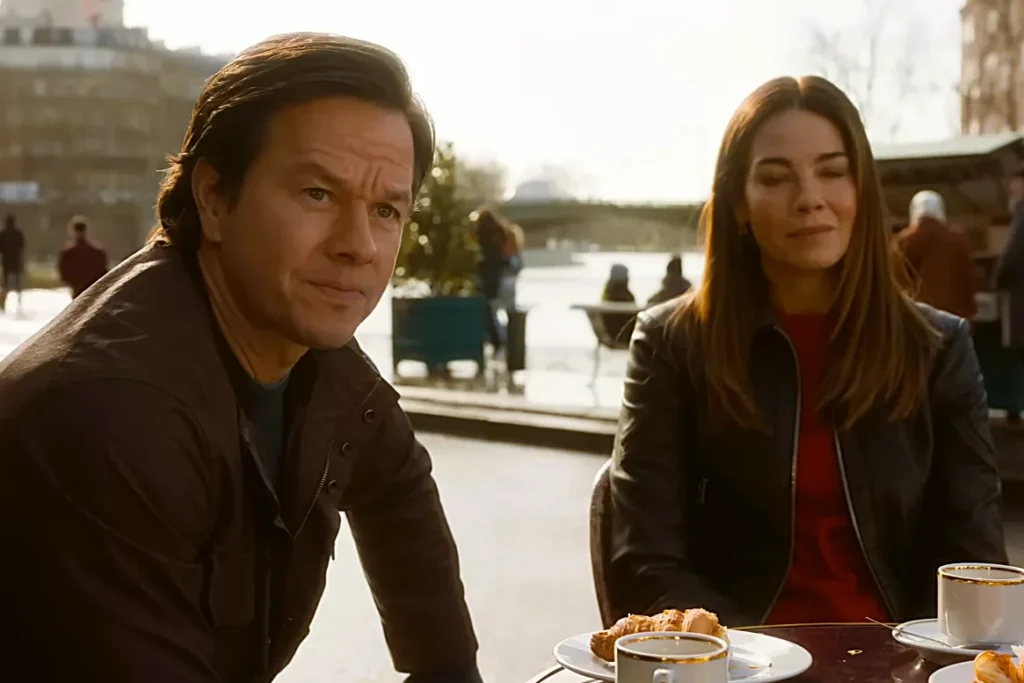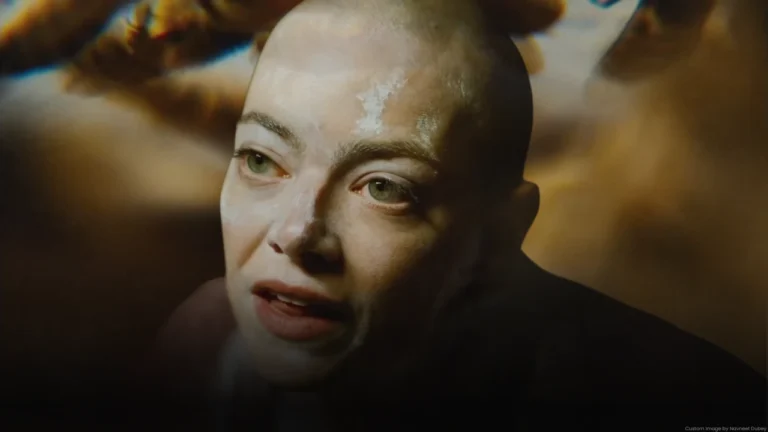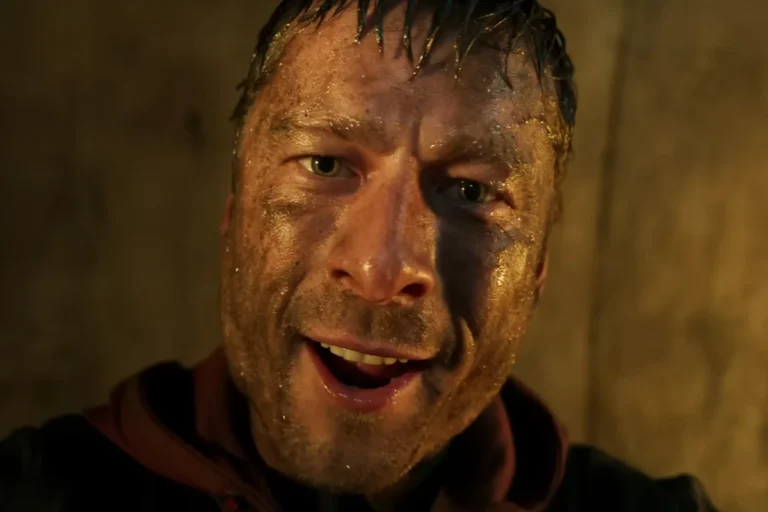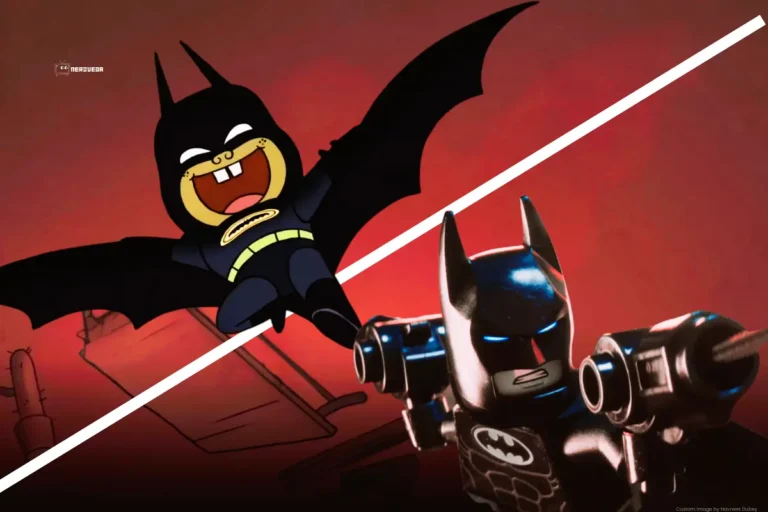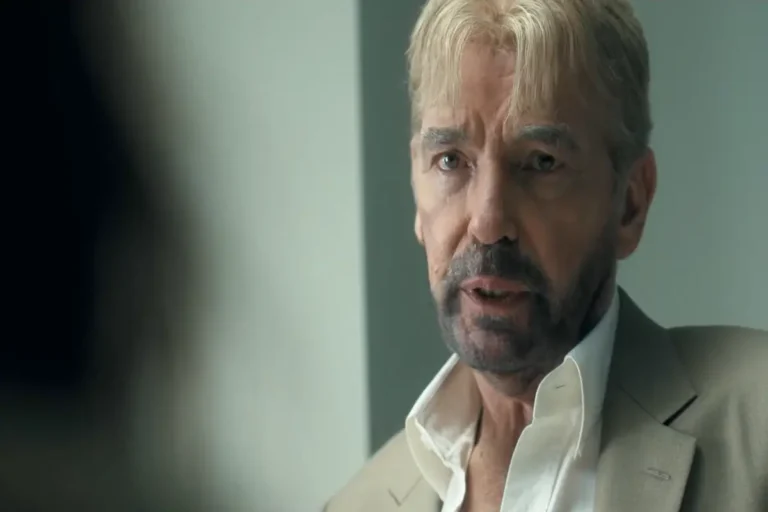Key points:
-
Train Dreams adapts Denis Johnson’s spare, memory-driven novella into a lyrical film focused on Robert Grainier’s life.
-
Directors Clint Bentley and writer Greg Kwedar kept the book’s elegiac tone while using visual language to expand the story.
-
Joel Edgerton, Felicity Jones and William H. Macy lead a cast that anchors the film’s intimate, time-worn world.
Train Dreams translates Denis Johnson’s tightly woven novella into cinema that honors the source’s quiet power. Directed by Clint Bentley with a screenplay by Bentley and Greg Kwedar, the film traces Robert Grainier’s life in the early 20th-century Pacific Northwest. Through measured performances and a singular visual approach, the adaptation balances fidelity to the book with cinematic departures that give the story new textures.
What makes the Train Dreams adaptation faithful to Denis Johnson’s novella?

Denis Johnson’s Train Dreams is a short, memory-driven work: compact on the page but expansive in scope. The novella first appeared in The Paris Review in 2002 and was published as a stand-alone book in 2011. Its power comes from compression whole lifetimes and cultural shifts rendered in a few precise, often elliptical scenes and that compression is exactly what Bentley and Kwedar set out to preserve.
The adaptation’s fidelity shows up in two clear ways.
First, the film captures the novella’s tonal core. Johnson’s prose is elegiac, observant and restrained; it treats nature, labor and small human rituals with equal care. Bentley and Kwedar mirror that restraint on screen by favoring quiet, contemplative scenes over expository flourishes. Intimate moments like private conversations between Robert and Gladys are translated closely from page to image, preserving the novella’s small, luminous beats.
Second, the filmmakers preserve the book’s structural sense of memory. The novella is not strictly chronological; it feels stitched from recollection. The film echoes this approach visually and narratively, using a cinematic language that allows scenes to breathe and register like memories: small details, long pauses, gestures that accumulate meaning. That’s how the adaptation keeps Johnson’s “wooliness” and strangeness without flattening them into a linear biopic.
At the same time, the film makes deliberate departures. Bentley and Kwedar allow the screenplay to take paths the book does not — not to overwrite the source, but to open cinematic possibilities the novella can only imply. These departures are handled as companion pieces to Johnson’s text: they deepen characterization in places the novella leaves elliptical, and they give the film a sensory vocabulary appropriate to moving images. Where Johnson uses language to evoke textures, the film uses composition, light and the actors’ faces.
Importantly, the adaptation does not attempt to explain every ambiguity. The film keeps an economy of detail that reflects Johnson’s original restraint; when it expands, it does so to accentuate mood and historical context rather than to fill imagined gaps.
READ MORE: Full Cast and Character Guide of Rental Family (2025)
How did Clint Bentley and Greg Kwedar bring Train Dreams to the screen?

Bentley and Kwedar approached Train Dreams as both translators and collaborators with the source text. Their process combined rigorous reading, on-location research and a willingness to let the script evolve away from the page where the film demanded it.
Their first step was close reading. Kwedar describes the novella as a work about language the language of work, love, solitude and community and both writers spent time getting under those layers. Bentley read the book repeatedly to internalize its rhythms, then deliberately stepped back to let the screenplay breathe on its own terms. That balance fidelity plus adaptive freedom is a throughline in every decision they describe.
Research grounded the adaptation in place and practice. The filmmakers spent time in the physical region that inspired Johnson’s setting, staying in a cabin along the river where a character like Grainier might have lived. They met loggers and descendants of loggers, absorbing the vocabulary of the landscape and labor. Those firsthand encounters informed dialog, small gestures, and the film’s attention to tools, clothing and routine details that make a period world feel lived in.
| Role | Contributor | Notes |
|---|---|---|
| Director | Clint Bentley | Director of Jockey; co-writer of the screenplay. |
| Screenplay | Clint Bentley, Greg Kwedar | Adapted from Denis Johnson’s novella. |
| Robert Grainier | Joel Edgerton | Golden Globe–nominee; plays the film’s quiet protagonist. |
| Gladys | Felicity Jones | Academy Award–nominee; appears as Robert’s wife. |
| Arn | William H. Macy | Academy Award–nominee; longtime railroad worker in the story. |
READ MORE: Wicked For Good Ending Explained: What Really Happens to Elphaba and Glinda

Casting was central. Joel Edgerton plays Robert Grainier, the book’s quiet, watchful protagonist. Bentley selected Edgerton for his ability to inhabit interiority to do “so much with so little,” as Bentley puts it. Grainier is a man of few words, someone whose inner life is revealed through small acts and stillness rather than overt speeches; Edgerton’s screen presence suits that requirement. Felicity Jones plays Gladys, the woman who shares Grainier’s brief domestic life, and William H. Macy appears as Arn, a longtime railroad worker whose aphorisms like “a standing tree is a friend” echo the novella’s reverence for the natural world.
The filmmakers also made choices about cinematic grammar. Where the book uses compressed sentences and lyrical leaps, the film converts those leaps into sensory sequences: long takes, patient framing, and an emphasis on the environment’s scale. Kwedar likens the intended audience sensation to standing at the foot of an old-growth tree small, breathless, connected to a larger story. The movie attempts to give that sensation a visual corollary.
READ MORE: Why Fans Are Calling Bat-Fam “The LEGO Batman of Prime Video”
Adapting a book built on memory means accepting gaps and silences. Bentley and Kwedar deliberately preserved the novella’s tonal gaps; they resisted the temptation to over-explain and instead let certain scenes remain ambiguous or elliptical. Where necessary, they added connective material that helps a cinematic audience follow a life stretched across decades, but those additions aim to complement Johnson rather than replace him.
Finally, the collaborative history between Bentley and Kwedar mattered. They’d written together for years but had not adapted fiction before. That shared shorthand helped them navigate adaptation decisions together and maintain a coherent tonal register throughout development and production.
Source: TUDUM
Stay updated with the Latest News and Stories, follow us on our social media platforms.
You can follow us on:
Nerdveda is Popculturexp on X
Stay Connected!! Join our Whatsapp Channel




